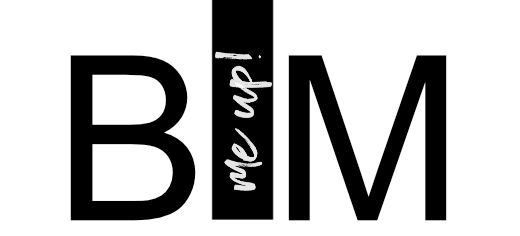Mac or PC - opinions differ on this question. Personally, I use both: I have a Windows PC in the office, and I wouldn't want to do without my Mac at home. But unfortunately there are always some Windows programs that you can't / don't want to do without - like Revit, for example. In such cases, it makes sense to install Windows as a second operating system on the Mac - since Apple's switch to Intel processors in 2006, this is no more difficult than installing Windows on a PC.
There are several ways to do this:
1ST BOOT CAMP
The boot manager integrated in MacOS makes it easy to install Windows and automatically provides the correct device drivers for the Apple hardware. Boot Camp is called up directly in the Mac OS for the installation and then guides you step by step through the installation. Before the actual installation, Boot Camp prompts you to partition the hard disk. You can choose the size of the individual partitions yourself, but they cannot be changed easily after the Windows installation - so you should not choose a Windows partition that is too small. My Windows 7 64bit comes with Revit and MS Office to about 30 GB of pure space, but in order not to affect the performance you should always have enough free hard disk space.
After installation, you can choose between the individual operating systems by holding down the alt key when starting the Mac.
Of course, you can define in the default settings which operating system should be started automatically if no preselection is made.
However, the biggest disadvantage of Boot Camp also becomes clear here - you have to decide on one of the two operating systems, and a subsequent switch always involves a restart. Otherwise, this setup works very reliably and doesn't make much difference to a 'normal' PC.
Costs (besides Windows license): none
2. VMware Fusion
If the 'either/or' principle of Boot Camp does not appeal to you, you can resort to virtualization tools. VMware Fusion is my personal favorite because it is very easy to use and allows seamless integration of Windows applications into MacOS. VMware offers free 30-day trial versions that can be downloaded from the homepage. The practical thing about this is that the Boot Camp installation can be installed directly - so if you already have Windows running on a Boot Camp partition, you can easily test Fusion and return to Boot Camp at any time, as the installation remains intact.
After installation, you can use Fusion in normal mode to work as usual on your Windows desktop.
Of course, you can also work in full-screen mode here, so that you have the look and feel of a full Windows PC. You can also use the settings in Fusion to determine how much RAM or how many processors Windows should have at its disposal.
Alternatively, you can use the Unity mode, which I personally like very much: the functions of the Windows start button are integrated into the status bar of the MacOS and the Windows programs are seamlessly integrated into the MacOS interface.
I personally use Revit on an iMac 21″ 3.06 GHz Core i3 / 12 GB RAM / ATI Radeon HD 4670 256 MB under VMware Fusion / Windows 7 64bit and am very satisfied with the performance. However, it should be noted that I primarily use Revit on the Mac for learning purposes and tests, and do not work on larger projects with it. In this case, more RAM and a more powerful processor would definitely be necessary.
Costs (in addition to Windows license): currently approx. 45 euros for the Fusion 5 license
3. parallels desktop
The third popular way to run Windows programs under MacOS is Parallels Desktopwhich also works very similarly to VMware Fusion and also offers comparable options. I won't go into more detail here, but if you are interested you can download the 14-day trial version and test it conveniently using a Boot Camp installation without having to reinstall Windows.
Costs (in addition to Windows license): currently approx. 80 euros for the Parallels 8 license, although special offers are often available
CONCLUSIONS:
Virtualization offers the best of both worlds with sufficient computing power. If system resources are scarce or projects are complex, Boot Camp offers the advantage that all resources are only available to Windows. Ideally, you should set up Windows under Boot Camp, then integrate it into Fusion or Parallels and thus have the option of switching between the two methods at any time.





Using Revit on the Mac http://t.co/65GVc3x5V4